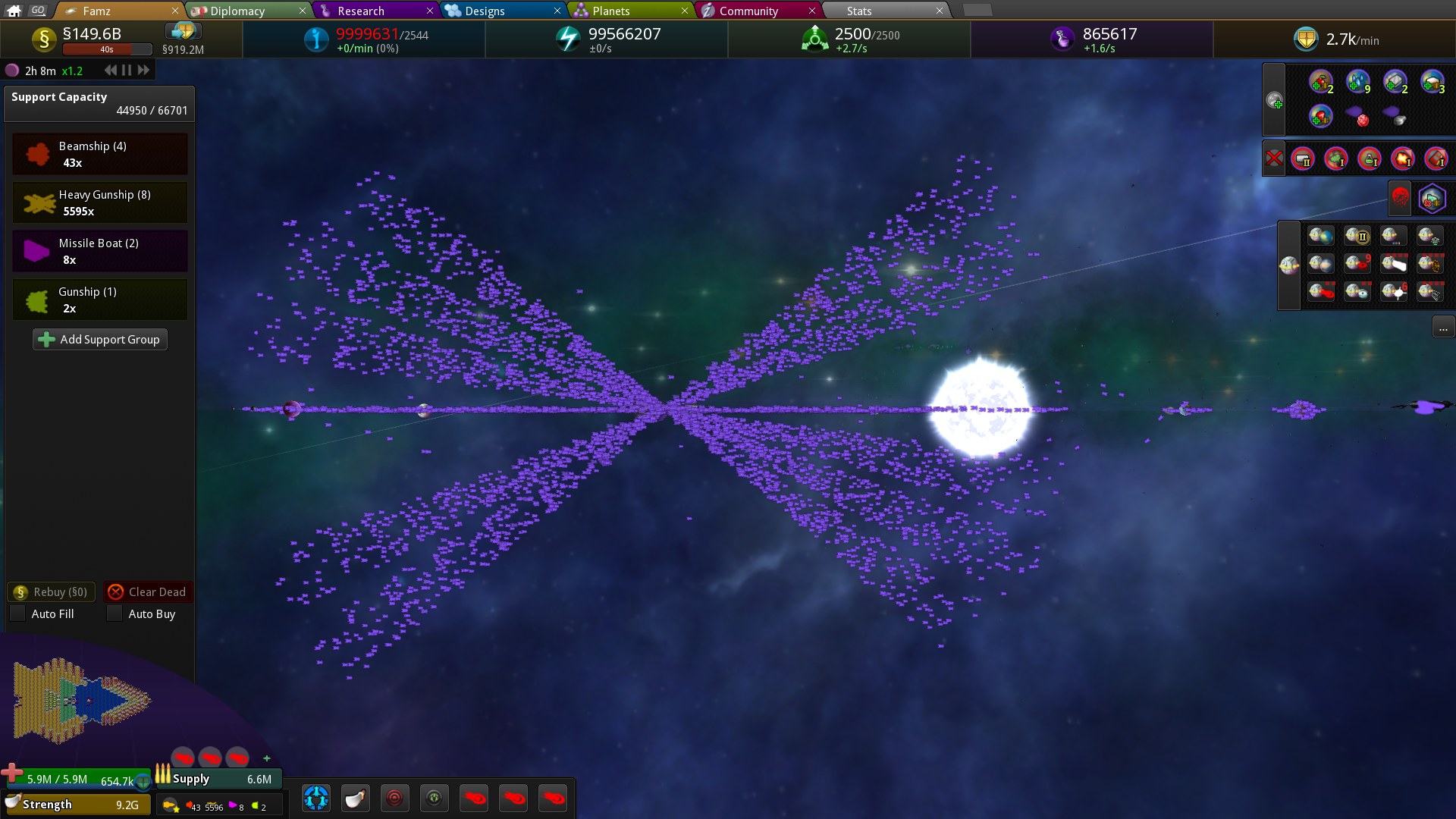

Python Network Programming I - Basic Server / Client : A Basics REST API : Http Requests for Humans with Flask Web scraping with Selenium for checking domain availability Python HTTP Web Services - urllib, httplib2 MongoDB with PyMongo I - Installing MongoDB. Connecting to DB, create/drop table, and insert data into a table Priority queue and heap queue data structure Python Object Serialization - yaml and json Python Object Serialization - pickle and json Sets (union/intersection) and itertools - Jaccard coefficient and shingling to check plagiarismĬlasses and Instances (_init_, _call_, etc.)īits, bytes, bitstring, and constBitStream Strings - Escape Sequence, Raw String, and Slicingįormatting Strings - expressions and method calls Object Types - Numbers, Strings, and None Running Python Programs (os, sys, import) Machine Learning : Classification - k-nearest neighbors (k-NN) algorithm Machine Learning : Clustering - K-Means clustering II Machine Learning : Clustering - K-Means clustering I Image Reconstruction - Inpainting (Interpolation) - Fast Marching Methods Image segmentation - Foreground extraction Grabcut algorithm based on graph cuts Image object detection : Face detection using Haar Cascade Classifiers Image noise reduction : Non-local Means denoising algorithm Watershed Algorithm : Marker-based Segmentation II Watershed Algorithm : Marker-based Segmentation I Video Capture and Switching colorspaces - RGB / HSVĪdaptive Thresholding - Otsu's clustering-based image thresholdingĮdge Detection - Sobel and Laplacian Kernels Inverse Fourier Transform of an Image with low pass filter: cv2.idft() Signal Processing with NumPy II - Image Fourier Transform : FFT & DFT Signal Processing with NumPy I - FFT and DFT for sine, square waves, unitpulse, and random signal OpenCV 3 image and video processing with Python Here we specified 5x5 pixels:Īlpha_img = # blueĪlpha_img = # greenĪlpha_img = # redĪlpha_img = # alpha We can also access the alpha value (transparent = 0, opaque = 255) and grayscale value (intensity) as well.Īlpha_img = # opaque For grayscale image, corresponding intensity is returned. For BGR image, it returns an array of Blue, Green, Red values. We can access a pixel value by its row and column coordinates.
Star ruler 2 v 2.0.0 cheat table code#
img.dtype (usually, dtype=np.uint8) is very important while debugging because a large number of errors in OpenCV-Python code is caused by invalid datatype.Print 'RGB shape: ', img.shape # Rows, cols, channels

Gray_img = cv2.imread(img_file, cv2.IMREAD_GRAYSCALE) # grayscale Img = cv2.imread(img_file, cv2.IMREAD_COLOR) # rgbĪlpha_img = cv2.imread(img_file, cv2.IMREAD_UNCHANGED) # rgba So it is a good method to check if loaded image is grayscale or color image: If image is grayscale, tuple returned contains only number of rows and columns. It returns a tuple of number of rows, columns and channels. Image properties include number of rows, columns and channels, type of image data, number of pixels etc. Image Properties - shape, size, and dtype

The syntax for the imread() looks like this: Here is a simple python code for image loading:
Star ruler 2 v 2.0.0 cheat table portable#


 0 kommentar(er)
0 kommentar(er)
